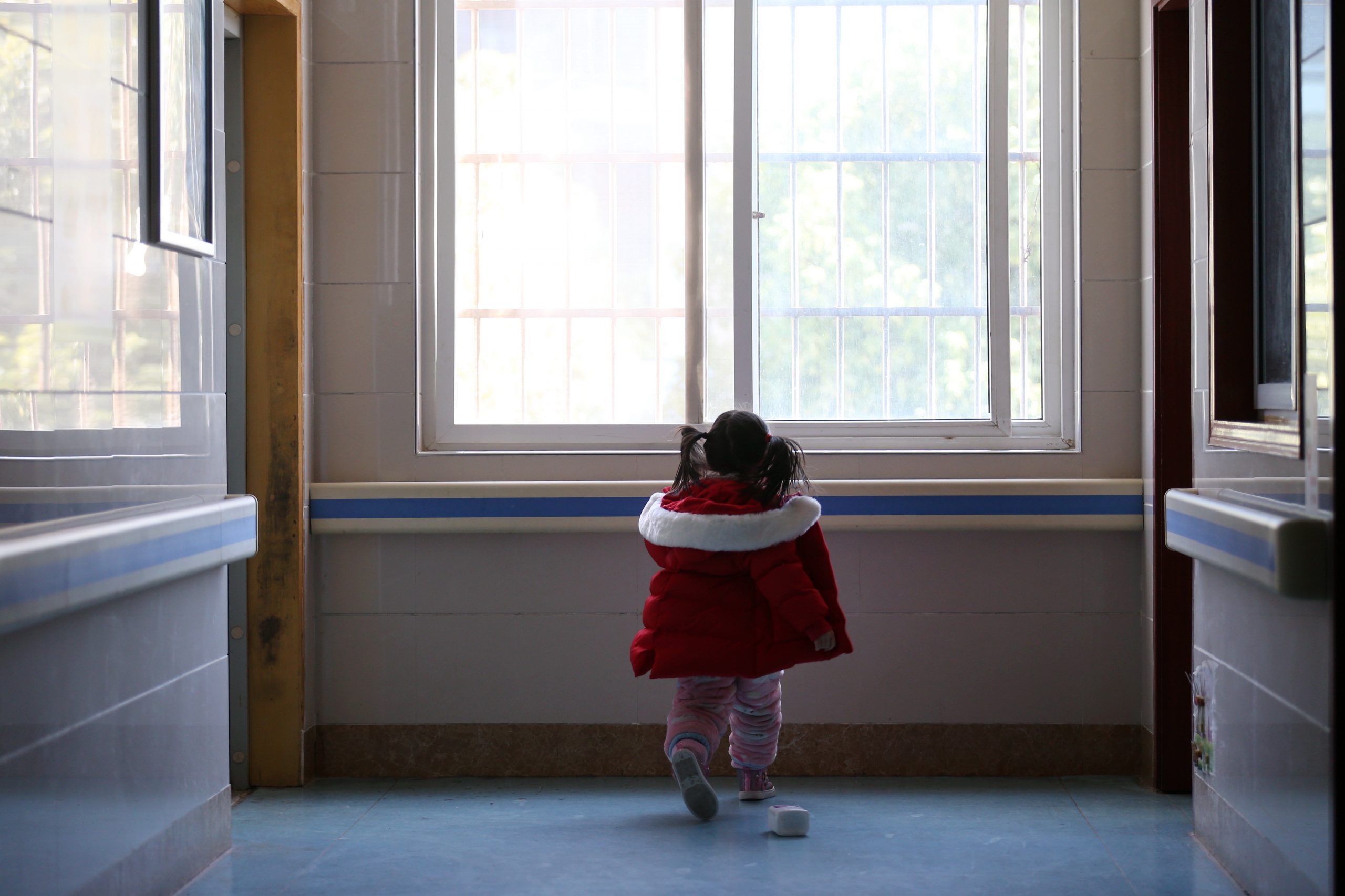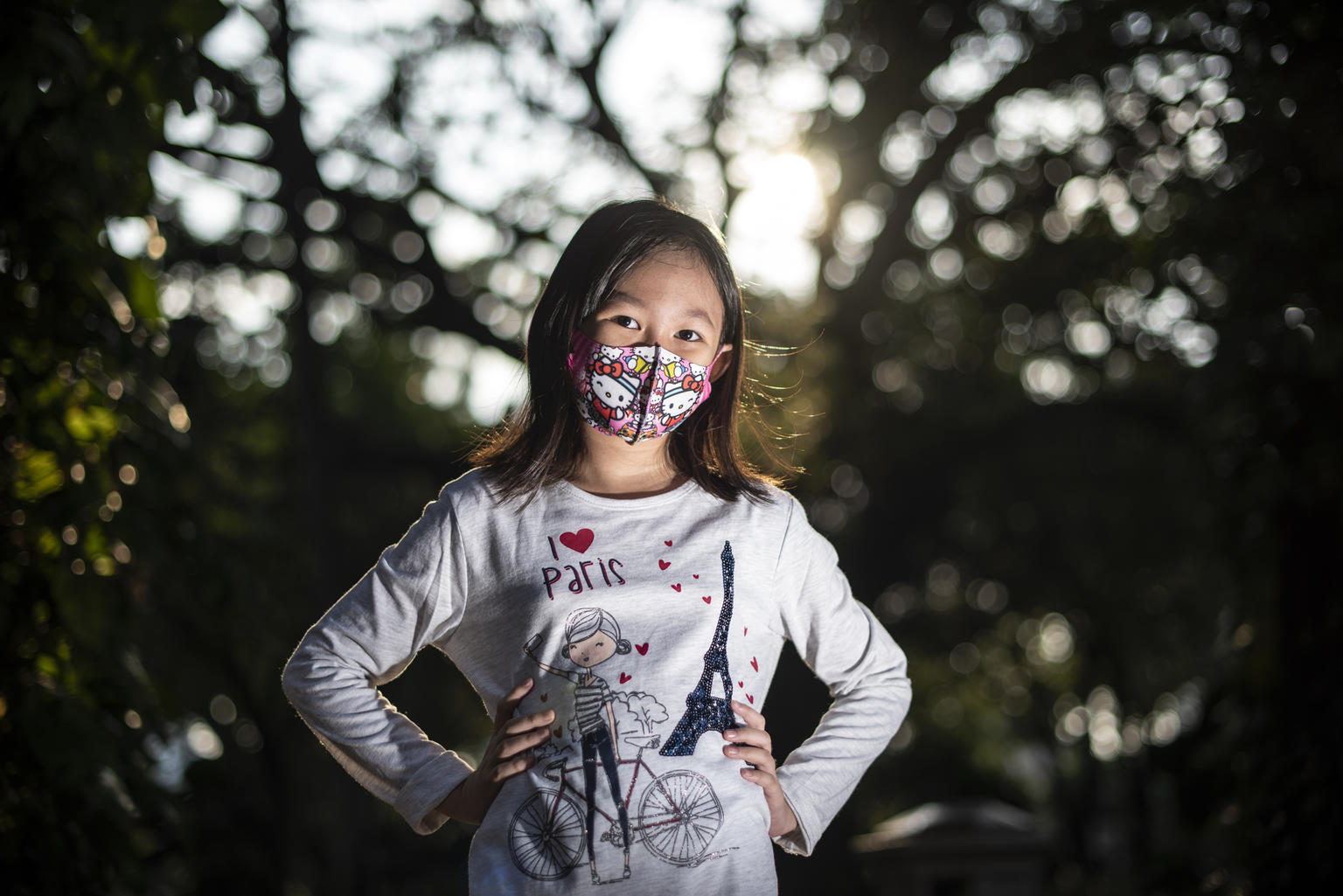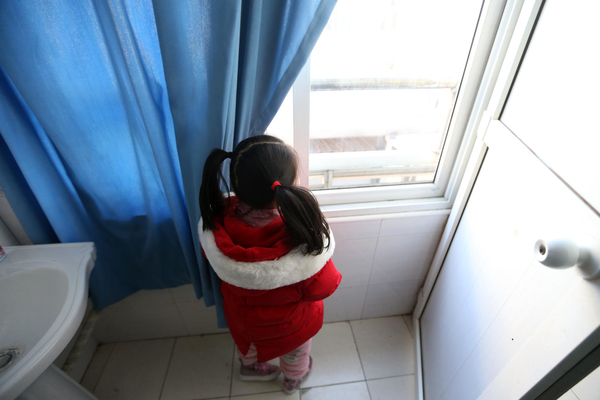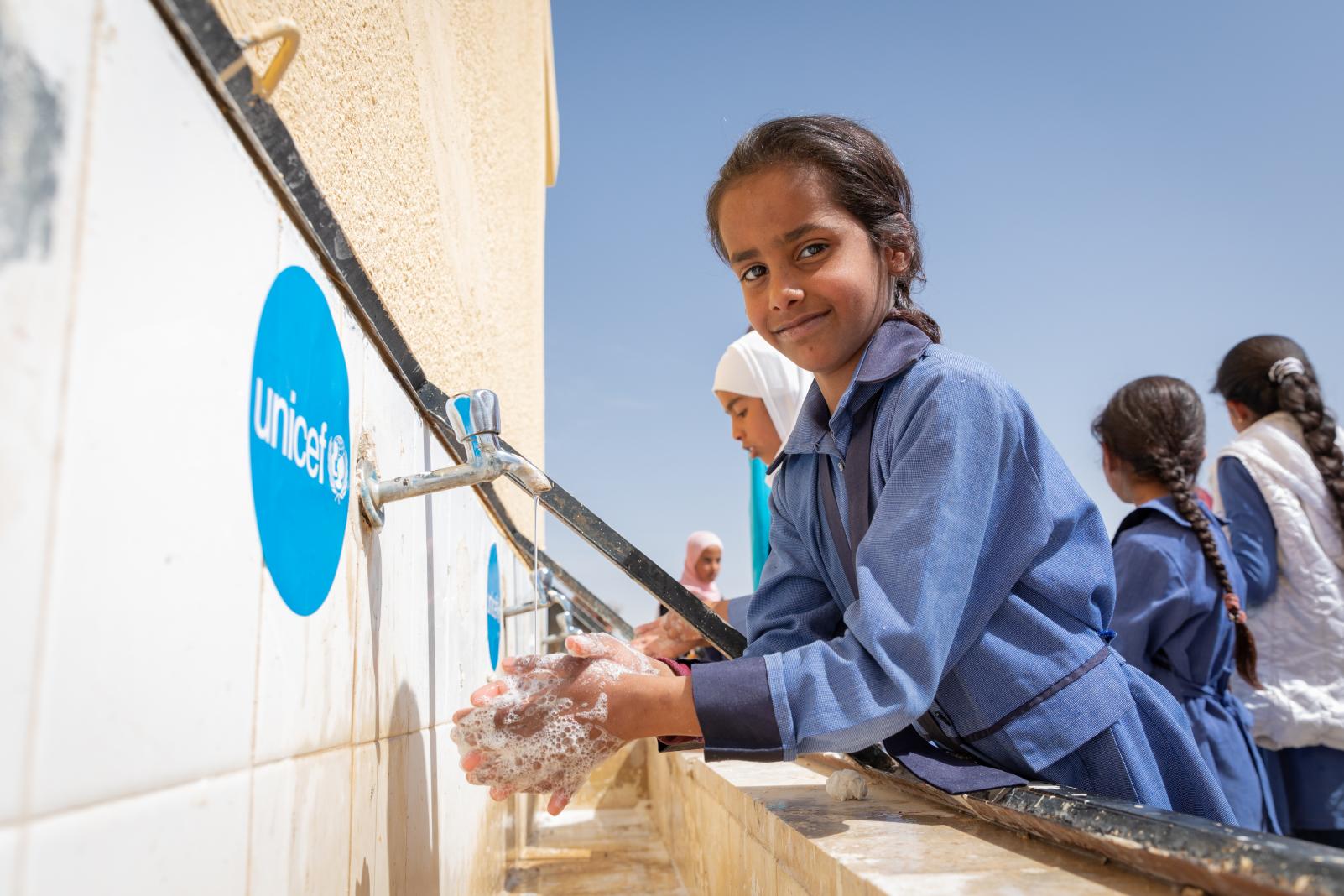
Coronavirus (COVID-19) has put the world on a crisis footing and children could be the hidden victims of the pandemic. In this new reality marked by uncertainty, children may be more vulnerable due to school closures, lockdowns and other stressors. Access to a computer and the internet at home could determine whether education comes to a halt or if children can continue to learn outside of the classroom. And soap and running water may make the difference between whether children get sick or not. Rising food insecurity can tip some over the edge with more children suffering from malnutrition and fewer children surviving. Timely, disaggregated, and quality data on the situation of children can help identify where the most vulnerable live so that interventions to counteract the potential adverse effects of COVID-19 can be implemented to reach those most in need.
The situation of children and their vulnerabilities to COVID-19
UNICEF’s call to protect children, especially the most marginalized, is essential now more than ever and our global databases can inform that response by painting a picture of children around the world. In the face of this unprecedented crisis, where are children especially vulnerable to physical punishment? Are sufficient hygiene facilities available in schools? And is healthcare accessible for children with acute respiratory symptoms? How will the most vulnerable children, such as those living on the street or in refugee camps fare? Data like these can provide guidance for UNICEF and country programmes so that our efforts to mitigate and overcome the effects of the pandemic can be measured.
Some key facts:
- 32 per cent of children worldwide who show symptoms of pneumonia are not taken for care to a health provider.
- 2 out of 5 people or 3 billion people around the world lack access to basic handwashing facilities.
- Worldwide, nearly 31 million children had been forcibly displaced at the end of 2018. This includes some 13 million child refugees, around 1 million asylum-seeking children and an estimated 17 million children displaced within their own countries by violence and conflict.
- In a majority of countries, more than 2 in 3 children are subjected to violent discipline by caregivers.
The dashboard below contains the latest data from UNICEF’s global databases that are relevant to the COVID-19 response for children. Explore country-level data by gender, residence and wealth quintile.


